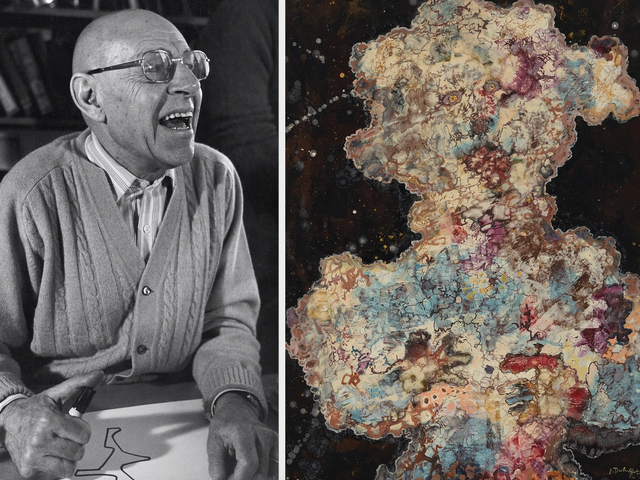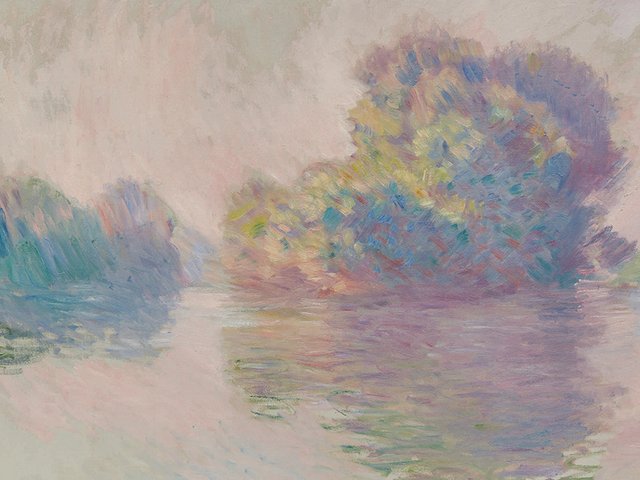An unprecedented exhibition exploring Jean Dubuffet’s lifelong fascination with urban space is to open at Hauser & Wirth in Zürich next month. Organised by the Amsterdam-based art historian Sophie Berrebi, the show is the first dedicated to the role of the city in the French artist’s work.
“The city was a crucial source of inspiration for Dubuffet, not only its buildings and streets, but also as a place where mankind could be observed and sought out in all its diversity,” Berrebi says. His Paris-Circus (1961-62) and Théâtres de Mémoire (1975-79) series “coincided with a major interest in urban space in French theory and art in the 1960s and 1970s, at a time when Paris underwent major infrastructural changes”, she adds.
Jean Dubuffet and the City (10 June-1 September) includes around 50 paintings, works on paper and sculptural models, some loaned from museums such as the Tate in London, the Stedelijk Museum in Amsterdam and the Fondation Dubuffet in Paris. A number of works are also for sale, although the gallery declined to give prices. Dubuffet’s cityscapes are some of the most sought after on the market; his auction record, set at Christie's New York in 2015, stands at $24.8m for Paris Polka (1961), which shows a street crammed full of colourful shopfronts.
Vire-volte (1961), on loan from the Tate, is part of Dubuffet’s Paris-Circus series, which he began on his return to the city after seven years in the countryside. The Paris pictures marked a new direction for the artist, as the human figure began to appear in his work once more.
Dubuffet wrote at the time: “The presence in them of the painter now is constant, even exaggerated. They are full of personages, and this time their role is played with spirit.” Other major loans from private collections include Parages fréquentés (1979) and Prestations (1980).
For Dubuffet, the city was not only a subject he returned to frequently throughout his 40-year career, but also a metaphor for the mind. In 1978 he wrote: “It is impossible not to contradict oneself, just as it is impossible to avoid collisions on paths that have only one slope, but one must organise thoughts following the model of the circulation of cars in Tokyo, with lanes that are superimposed onto one another and on which traffic is organised in different directions.”





